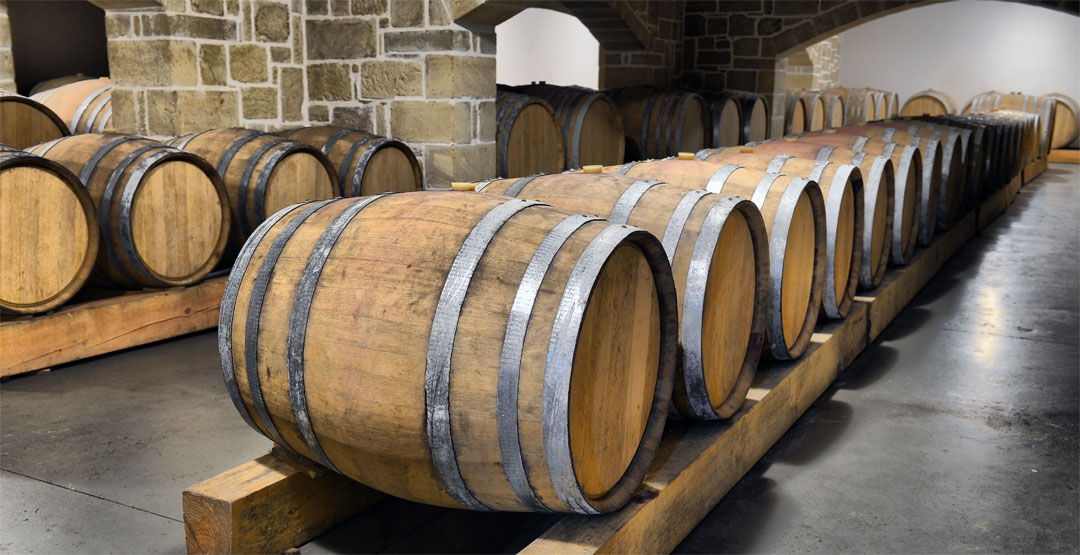SUBSTANCES IN USE
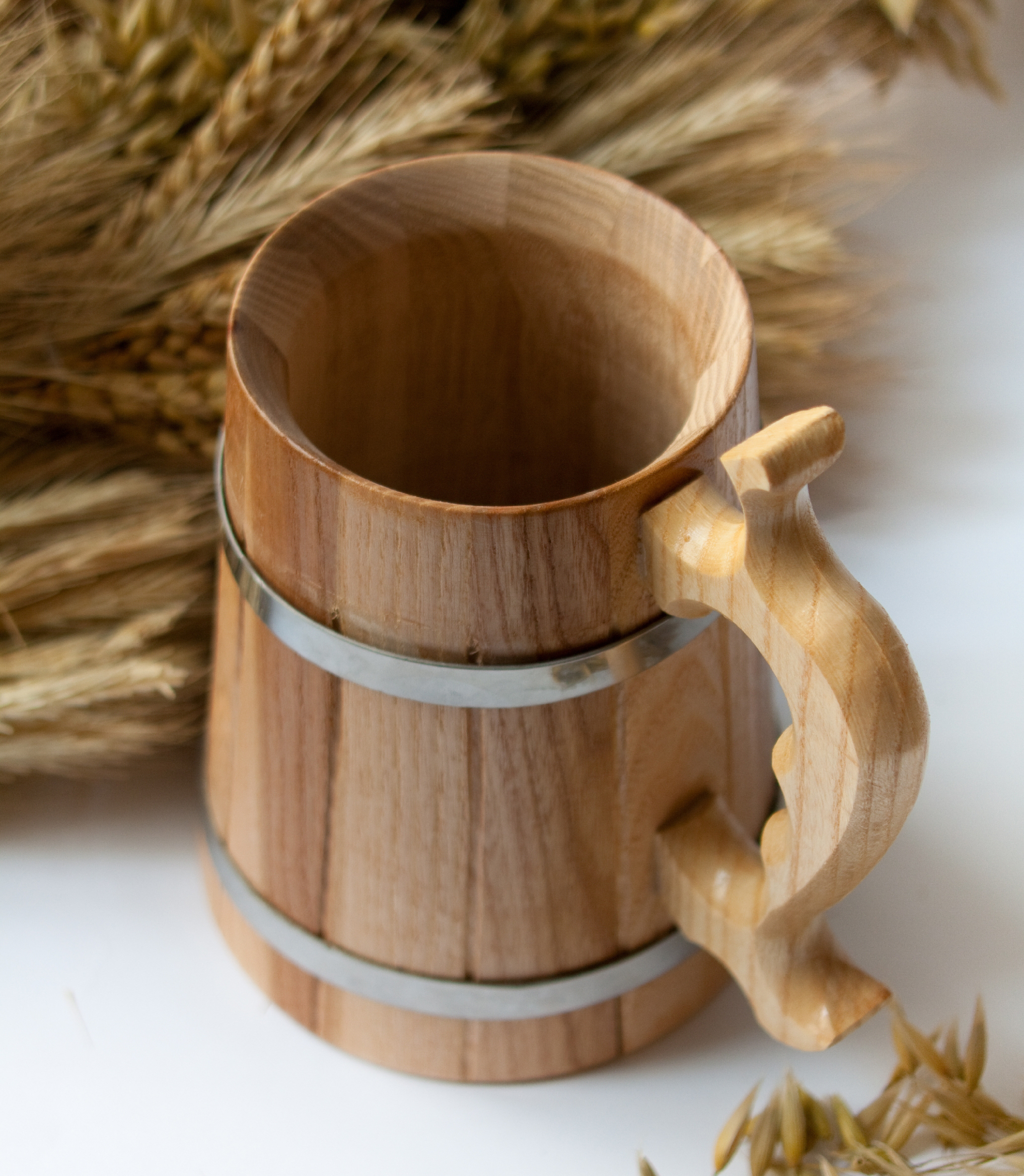 Beer, Wine, and Water
Beer, Wine, and Water
In the 1800s, beer and wine were not considered “alcohol”, they were simply viewed as everyday beverages. Fresh water fit to drink was often in short supply; public and even private wells were frequently polluted and/or disease-ridden. Consequently all of the attempts to moderate or control alcohol abuse were focused entirely on hard liquor or “spirits”.
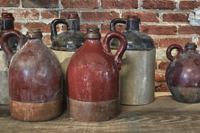 Hard Cider
Hard Cider
Distillation is not an easy process, and while individual farmers or innkeepers may have produced a home-grown product in primitive copper-kettle type contraptions, the result was neither refined nor consistent in quality.
Applejack or apple brandy, a distilled beverage derived from apple cider, was one of the earliest commercial products. Apples came to the New World with the pilgrims; the first commercial distillery (which produced applejack) was built in New Jersey in 1780. In the South, peach brandy took the place of applejack.
This early distilled beverage was followed soon after by rum (George Washington produced first rum, then whiskey at Mount Vernon). Rye whiskey had its early beginnings about the same time in Pennsylvania, when it became clear that European barley would take some time to acclimatize to the New World. Heavy taxation soon followed, as did conflict between the distillers and the ‘revenooers’ during the Whiskey Rebellion in the 1790s.
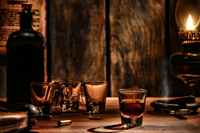 Whiskey and Spirits
Whiskey and Spirits
These products were soon followed by the distinctively American corn whiskey known as bourbon. It was the child of Kentucky, where corn grew easily, land was easy to come by, and taxes were harder to enforce. At some point during the early 1800s, an anonymous distiller noticed that whiskey aged in charred oak barrels was smoother and richer than the newly-produced raw version, and that element was added to the distilling process. Finally, sour-mash whiskeys were introduced sometime around the Civil War.
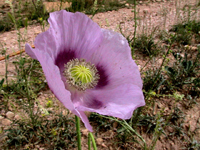 Opium and Laudanum
Opium and Laudanum
Opium was known to man for centuries, but its use worldwide was medicinal and limited until the latter half of the 18th century.
At that point, it was well established as a pain reliever and pacifier. During the American Civil War, massive quantities of opium were used by both sides to treat wounded soldiers. By one account, the Union Army used nearly three million ounces of tincture of opium, and half a million opium pills. In that context it was simply an effective medical treatment with no stigma attached.
At the same time, however, recreational opium abuse was a growing issue in China. The trade, fueled by British commercial interests, was imported to the U.S. along with the Chinese laborers who arrived here to work on the railroad. In this context, opium use was strongly opposed and led to a series of local regulations in an attempt to mitigate or control the burgeoning addiction issue.
And finally, opium was increasingly incorporated into patent medicines, often in tandam with additional alcohol and other less-benign ingredients. In an alcohol solution of 10% opium by weight, the derivative was known as “laudanum”. The practice of dosing with such medications or “tonics” became so widespread during the 1800s that an estimated 150,000 to 200,000 addicts lived in the U.S. in the latter half of the 19th century. Mary Todd Lincoln, Abraham Lincoln’s wife, was dependent on laudanum.
IMAGE:By Isidre blanc (Own work) [CC BY-SA 4.0 (http://creativecommons.org /licenses/by-sa/4.0)], via Wikimedia Commons
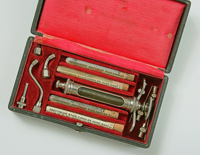 Morphine and Heroin
Morphine and Heroin
Morphine was initially developed as a potential cure for opium addiction (as well as an alternate painkiller); heroin was developed later as a potential cure for morphine addiction. As newer drugs were developed, the same irony kept occuring, as each generation of painkillers was developed to cure the abuses of the earlier ones.
Morphine, an opium derivative, was first isolated by a pharmacist’s assistant, Friedrich Wilhelm Serturner, in December 1804 in Paderborn, Germany. He continued developing the substance over the next 13 years, in the process using himself, three young boys, and various animals as test subjects. The experiments were nearly fatal for the four individuals involved. He did, however, discover that the compound was nearly ten times as effective against pain as opium was. It was first made commercially available in 1827 by Merck.
The hypodermic needle was invented in 1853 and as a result morphine became more widely available. It was used both as an injectible and as a powder during the Civil War as a pain reliever. While effective for this purpose, the end result was that many Civil War veterans became addicted to the new, unregulated substance. The term “soldier’s disease” has been applied to morphine dependence, first appearing in this context in 1915.
Heroin was first synthesized in 1874, from a morphine base, and was first marketed (by Bayer) in 1898. It is 1-1/2 to 2 times stronger than morphine, and unfortunately much more addictive as well.
Morphine and heroin were widely available throughout the 1800s, although the potential for abuse was likewise well-known. The first concerted effort to regulate and control these substances was the Harrison Narcotics Act in 1914.
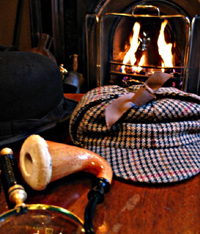 Cocaine
Cocaine
Peruvians have chewed leaves of the coca plant for millennia, often in conjunction with tobacco. However, cocaine, an alkaloid produced from the same plant, was not isolated until 1855 by the German chemist Friedrich Gaedcke, and then further refined by the German scientist Dr Albert Niemann in 1860. Although not related to opium and its derivatives, cocaine was initially touted as a cure for morphine and/or heroin addiction.
Unlike opium and its derivatives, cocaine has few legitimate medical uses and was employed recreationally almost from inception. In 1863 a variety of “wine cooler” was developed involving a mixture of cocaine and wine called Vin Mariani. In 1884, Sigmund Freud wrote a monograph on cocaine stating that the euphoria experienced by its users did not differ from that of a normal healthy person, and that the addictive qualities of the substance were low. Commercial cocaine was marketed by the U.S. manufacturer Parke-Davis in 1885 in cigarettes, powder, and even a do-it-yourself injection kit. In 1886, John Styth Pemberton used “a pinch of coca leaves” in his new soft drink, Coca-Cola.
However, by 1887 the addictive and pernicious properties of cocaine were known to Victorians of the era. The fictional detective Sherlock Holmes is one of the more famous users of the drug, initially as a stimulant, but later (according to his fictional sidekick, John Watson) experiencing addiction and requiring “weaning” from the substance.
IMAGE: By Alterego [GFDL (http://www.gnu.org/copyleft/fdl.html) or CC-BY-SA-3.0 (http://creativecommons.org/licenses/by-sa/3.0/)], via Wikimedia Commons
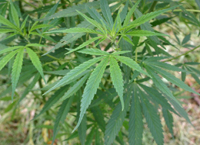 Marijuana
Marijuana
Cannabis is native to Central and South Asia, and spread widely from there. Evidence of use exists in ancient China, India and early Egypt as well; the Vikings and ancient Germans used the plant for pain relief. A nonpsychoactive subspecies was widely grown to produce hemp fibers for rope.
Cannibis came to England with the Anglo-Saxon invasions in the 5th century, and traces of the substance have been found in artifacts from Shakesperian times. It was re-introduced in 1842 by a physician with the East India Company, William Brooke O’Shaughnessy.
Unlike the other psychoactive drugs, marijuana did not play a large part in daily life in the United States until it was introduced from Mexico in the early 1900s.
TEMPERANCE MOVEMENTS
Following on the heels of a burgeoning industry in distilled spirits came the early temperance movements. Alcohol use and abuse became major issues, at first often coupled with suffrage and slavery. The three issues overlapped to a considerable degree, with temperance organizations also espousing suffrage, suffrage organizations condemning slavery, and pro-emancipation groups eschewing “strong drink”.
Concern over drug use, by contrast, did not really develop momentum until the very end of that period, when the snowballing effects of the new opium derivatives and widespread cocaine use became evident.
It was not until modern times that a correlation between alcohol and drug abuse was recognized.
American Temperance Society (“ATS”)
The earliest formal temperance society was also one of the more successful. It was the evangelical American Temperance Society, founded February 13, 1826 in Boston, Massachusetts. The title of the organization was taken from the Greek writer Xenophon, who defined temperance as “moderation in all things healthful; total abstinence from all things harmful.”
It was co-founded by two Presbyterian preachers: Lyman Beecher (father of prominent abolitionist Harriet Beecher Stowe, the author of “Uncle Tom’s Cabin”) and Justin Edwards. While both men had harsh views of the “drunkard”, they were highly successful in furthering the cause of total abstention from “spirits” (in keeping with the tenor of the times, they did not view beer and wine in the same category).
By the mid 1830s, the American Temperance Society claimed more than 8,000 local groups and over 1,250,000 members. At its height, the organization boasted that one out of every ten Americans was a member.
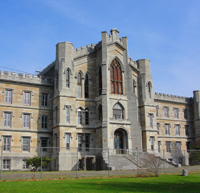 Washingtonians
Washingtonians
On April 2, 1840, ATS was joined by a second successful temperance group, the Washingtonians. The group was founded by six alcoholics (William Mitchell, David Hoss, Charles Anderson, George Steer, Bill M’Curdy, and Tom Campbell) at Chase’s Tavern on Liberty Street in Baltimore, Maryland.
In contrast to the harsh and judgmental atmosphere of the ATS, the Washingtonians emphasized mutual aid and support. The concept was that members could stay sober by relying on each other and sharing their experiences in a convivial atmosphere. They also promoted total abstinence from alcohol, but they focused on the individual alcoholic rather than on society’s greater relationship with liquor.
IMAGE: By Kfbill08 (Own work) [CC BY-SA 3.0 (http://creativecommons.org/licenses/by-sa/3.0) or GFDL (http://www.gnu.org/copyleft/fdl.html)], via Wikimedia Commons
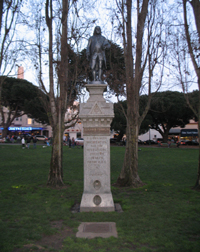 Sons of Temperance
Sons of Temperance
Two years after the Washingtonians were organized, on September 29, 1842, members of that group split off and formed the Sons of Temperance.
The organization had grown to approximately 5000 chapters by the 1850s. Unlike its predecessors, it functioned more like a fraternal organization than a religious or purely social one. It had its own regalia, secret signs and passwords, and various rituals and handgrips. It also functioned as a sort of insurance company, paying funeral costs for members and their wives.
In common with some later temperance organizations, the group sponsored placement of fountains (meant to provide safe drinking water for an otherwise inebriated populace). Henry D. Cogswell, a dentist and San Francisco real estate tycoon, designed and placed dozens of artistic fountains, some of which were adorned with a statue of himself.
IMAGE: By gregpoo (Flickr: 50 Ben Franklin in Washington Square) [CC BY-SA 2.0 (http://creativecommons.org/licenses/by-sa/2.0)], via Wikimedia Commons
Daughters of Temperance
The Daughters were affiliated with Sons of Temperance and by 1850 was the largest woman’s organization in U.S., with 30,000 members. Like the Sons, it provided members with illness and death benefits and a place to socialize. Unlike more outspoken feminist groups of the time, Daughters were expected to support the Sons’ causes rather than speak out themselves.
Although they were discouraged from taking a public stance, new members were required to be of good moral character and be capable of earning a living. Susan B. Anthony was briefly a member, but became frustrated with the group’s passive stance and quit. By the 1860s, the group had largely disbanded.
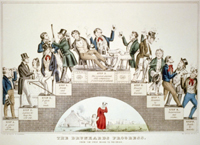 Dashaway Association
Dashaway Association
In 1859. a group of San Francisco volunteer firemen formed a fraternal society dedicated to “dash[ing] away the intoxicating bowl,” also known as the Dashaway Association. The group had a white, mostly male, largely lower-middle-class membership and emphasized personal responsibility in the matter of drink.
By 1865, the group had more than 15,000 members in twenty chapters in Northern California. The San Francisco Chapter built a meeting hall known as Dashaway Hall, near Post and Dupont (now Grant Street), which included an educational center, music hall, billiard parlor, ballroom, and library. It became an active social center for the community, busy every night of the week (except Sunday), hosting social societies, debating groups, literary unions, theatre companies, orchestras, and glee clubs. The organization also founded the San Francisco Home for the Care of the Inebriate (1859-1898), a co-ed boardinghouse for drunks who had been picked up by the local police.
Membership in the Dashaways declined in late 1860s, replaced by fraternal organizations such as the Oddfellows and Masons.
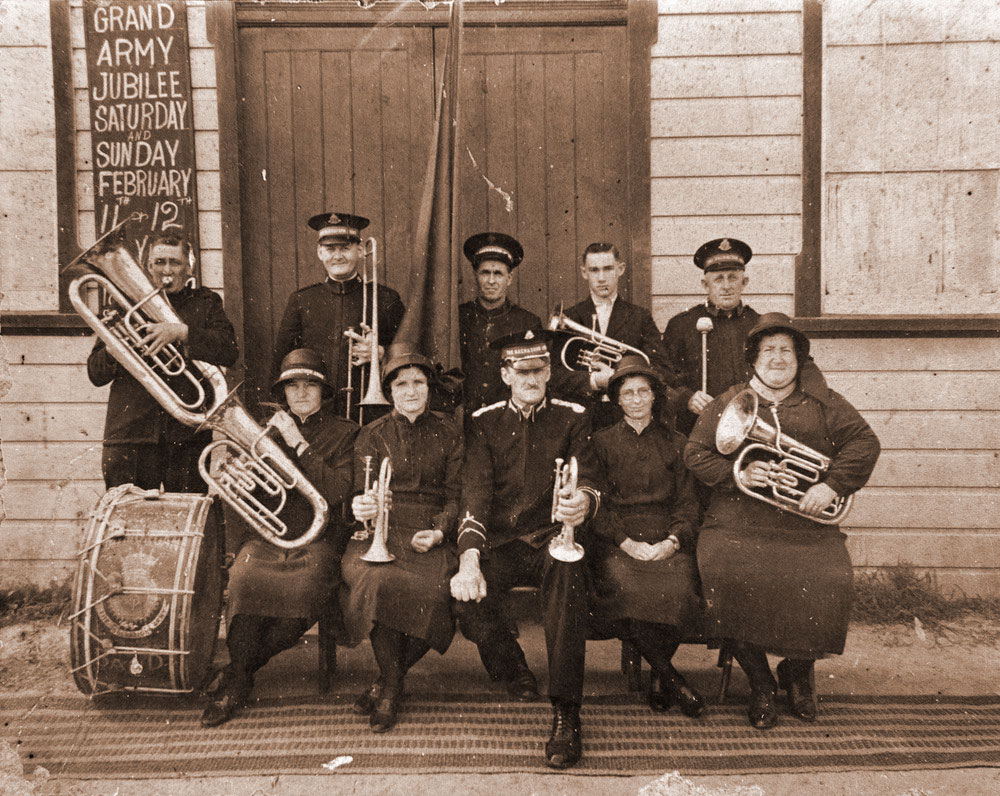 Salvation Army
Salvation Army
In 1864 the Salvation Army was founded in London by William Booth and his wife Catherine as the East London Christian Mission, to promote on both abstinence from alcohol and aid to the destitute working class. The group provided “soup, soap, and salvation” to the disadvantaged, in that order.
By the later 1870s the group was re-organized along military lines, borrowing rank, uniform, and insignia from various branches of the armed forces. It spread throughout the world by immigration and conversion, reaching the United States in the early 1800s.
The organization encountered stiff opposition to its views, often from pub owners whose business was negatively impacted by the Army’s efforts. These opponents would disrupt meetings with thrown rocks, debris, and even tar. The group continued to grow, however, and its humanitarian activities gained it favorable prominence as early as the 1900 Galvaston Hurricane and the 1906 San Francisco Earthquake and fire.
IMAGE: By State Library of Queensland, Australia [No restrictions], via Wikimedia Commons
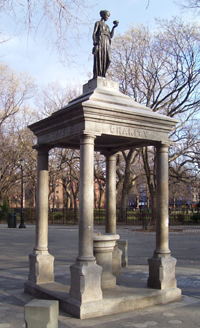 Woman’s Christian Temperance Union (WCTU)
Woman’s Christian Temperance Union (WCTU)
In December of 1873, groups of women staged protests against saloon owners in Ohio, New York, and other states. The Woman’s Christian Temperance Union arose in Ohio as a result of these efforts, and sponsored Temperance fountains in towns and cities across the United States. Members pledged to total abstinence from alcohol, and later also tobacco and other drugs, and sought to collect similar pledges from non-members.
The WCTU, led by Frances Willard, became the most powerful women’s organization in the late nineteenth-century. At one time, it united a total of 150,000 dues-paying members. Carry Nation, one of the most famous (and violent) advocates of prohibition, was a member of WCTU. She is best known for smashing up Kansas saloons with a hatchet.
IMAGE: By Beyond My Ken (Own work) [GFDL (http://www.gnu.org/copyleft/fdl.html) or CC BY-SA 4.0-3.0-2.5-2.0-1.0 (http://creativecommons.org/licenses/by-sa/4.0-3.0-2.5-2.0-1.0)], via Wikimedia Commons
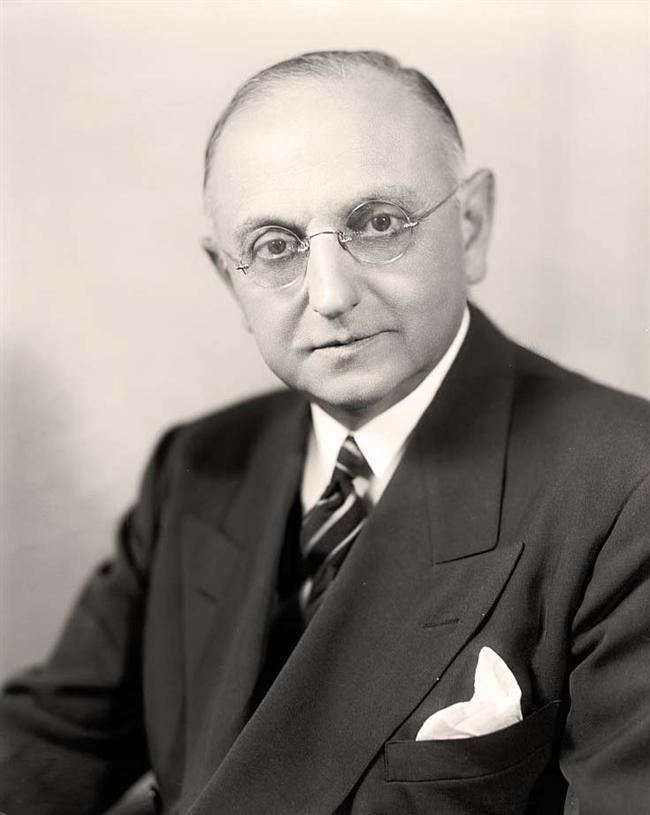 Oxford Group
Oxford Group
In 1921, the First Century Christian Fellowship was founded by an American Lutheran missionary, Dr. Frank Buchman. By 1931 the organization came to be known as the Oxford Group.
Dr. Buchman believed that fear and selfishness were the root of all personal problems. Further, Dr. Buchman believed that the solution was to surrender one’s life over to God’s Plan.
The Oxford Group was instrumental in the conversion of a down-and-out stockbroker, Bill Wilson, who went on to co-found the present-day Alcoholics Anonymous.
IMAGE: By Harris & Ewing photo studio [Public domain], via Wikimedia Commons
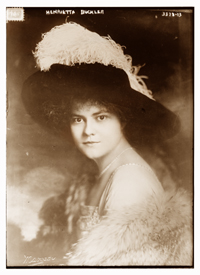
Henrietta Buckler Seiberling was a member of the Oxford group and brought together the two co-founders of Alcoholics Anonymous, Bill Wilson and Dr. Bob Smith.
FURTHER READING AND OTHER REFERENCES
See also “Food and Cuisine”, Beer and Wine
Jack S. Blocker, David M. Fahey, Ian R. Tyrrell. Alcohol and Temperance in Modern History. ABC-CLIO, 2003
(Posted October 2, 2017)
